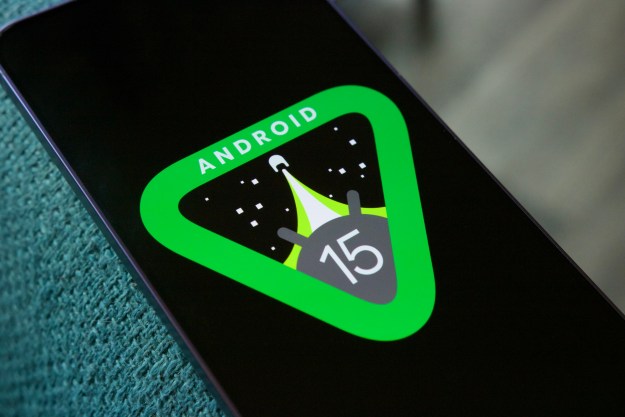When you’re traveling in a foreign country where you don’t speak the language, getting directions to where you’re going can be a bit complicated.
Google Translate can be super-useful when it comes to having that conversation, but if you already have Google Maps open, that means you need to toggle back and forth between the two apps to successfully communicate with that guy on the street and view the map at the same time.
Starting today, Google is rolling out a feature to Google Maps that should make that whole process a bit easier.
Google is bringing Google Maps and Google Translate a little closer together by bringing part of Translate into
The pronunciation option will appear in the form of a small speaker icon beside the name and address of your destination.
If you need a little more help after getting that pronunciation out, you can then link directly to Translate from within Google Maps to talk to your taxi driver or the good Samaritan that’s helping you with directions.
The feature will appear whenever Google Maps detects you’re in a country where the native language isn’t the same language you have your phone set to. For instance, if your phone is set to English and you’re in Germany, the feature will appear in maps to help you navigate around. It starts rolling out today and will slowly become available to users over the next month in over 50 languages, with more on the way.
Google has added a number of new features to Google Maps over the past few months. In August, the company launched AR walking directions, which overlays an arrow on street view maps to help ensure you pick the right street when you’re walking around a new area. Earlier this month, it also started rolling out an incognito mode for Android users that will prevent Maps from storing information about where you’re going
Editors' Recommendations
- A new Google Pixel Tablet is coming, but it’s not what you think
- Why you need to be excited about the Google Pixel 8a
- The 6 biggest announcements we expect from Google I/O 2024
- Here’s every color that will be available for the Google Pixel 8a
- 5 phones you should buy instead of the Google Pixel 8


